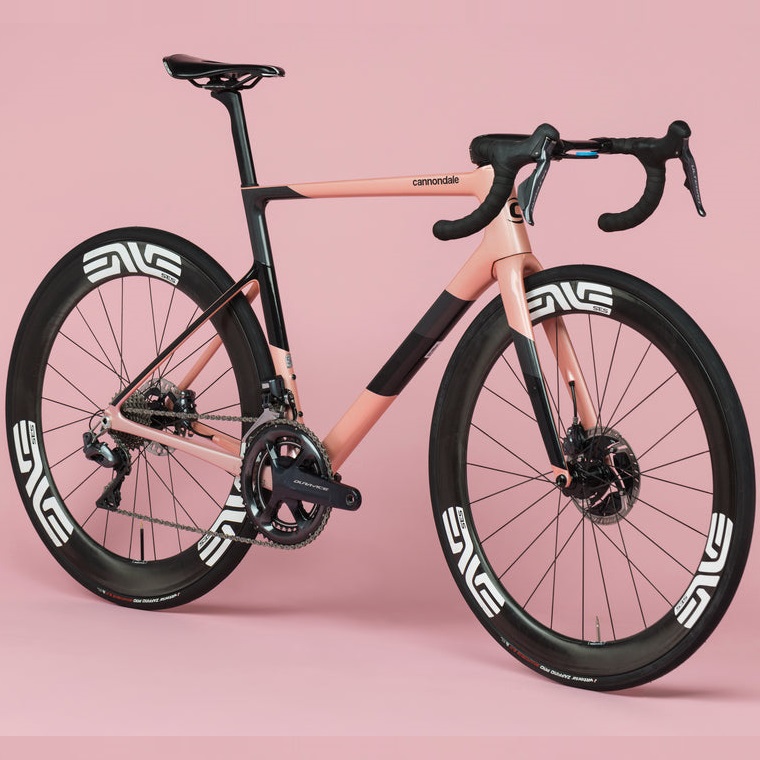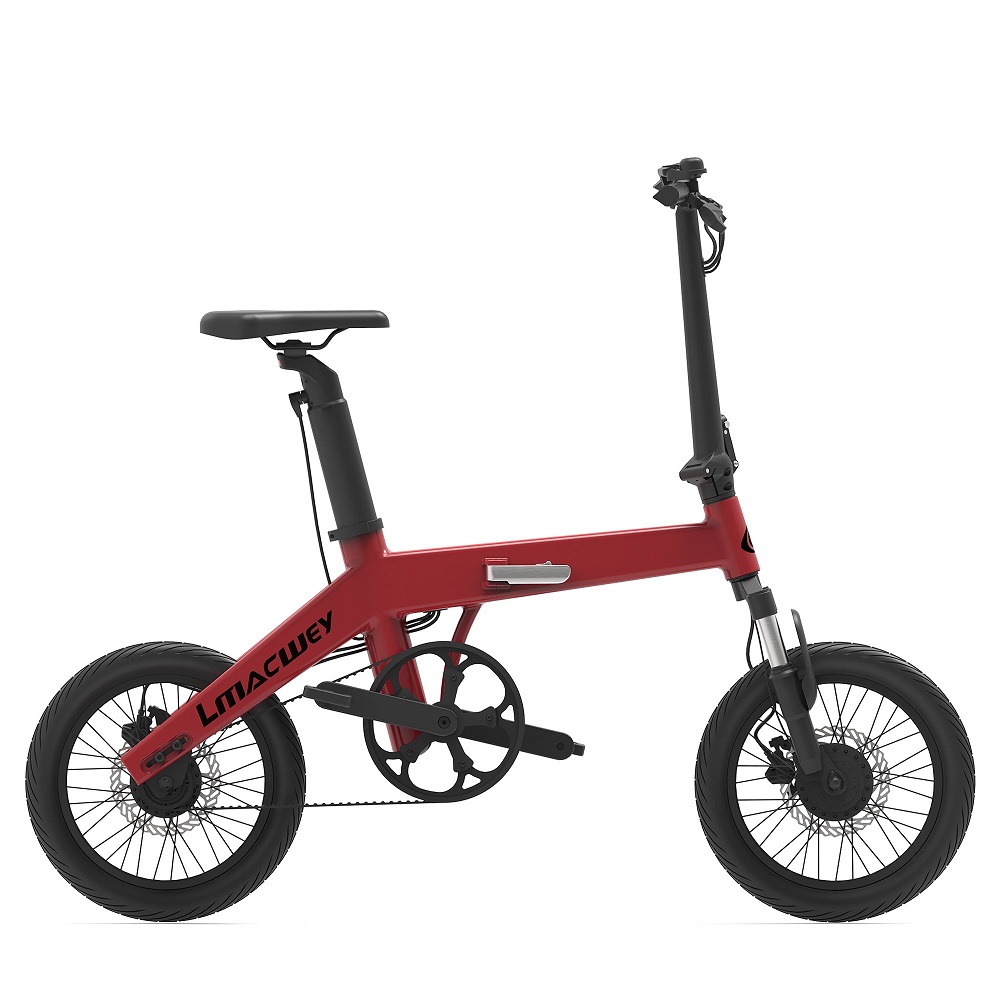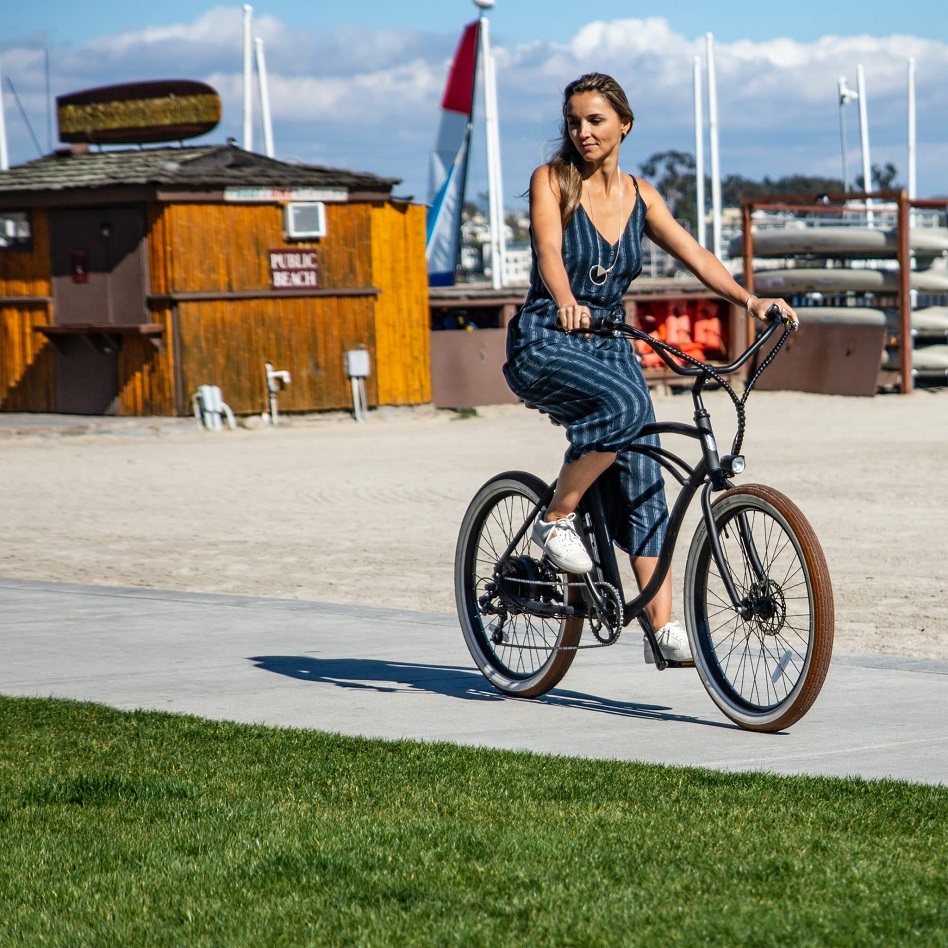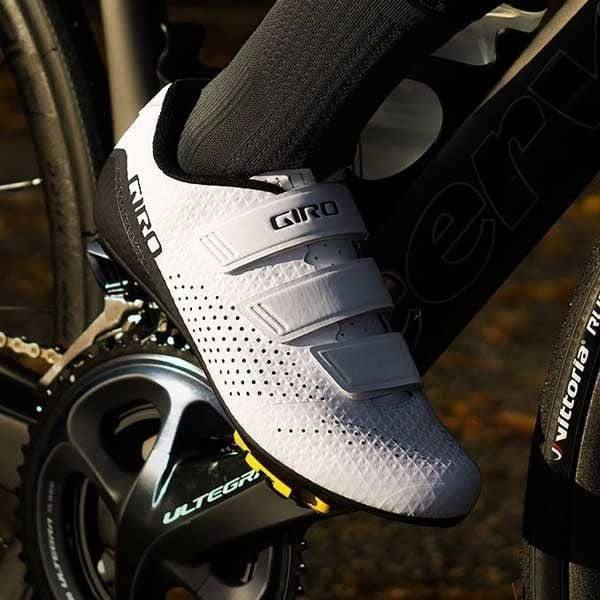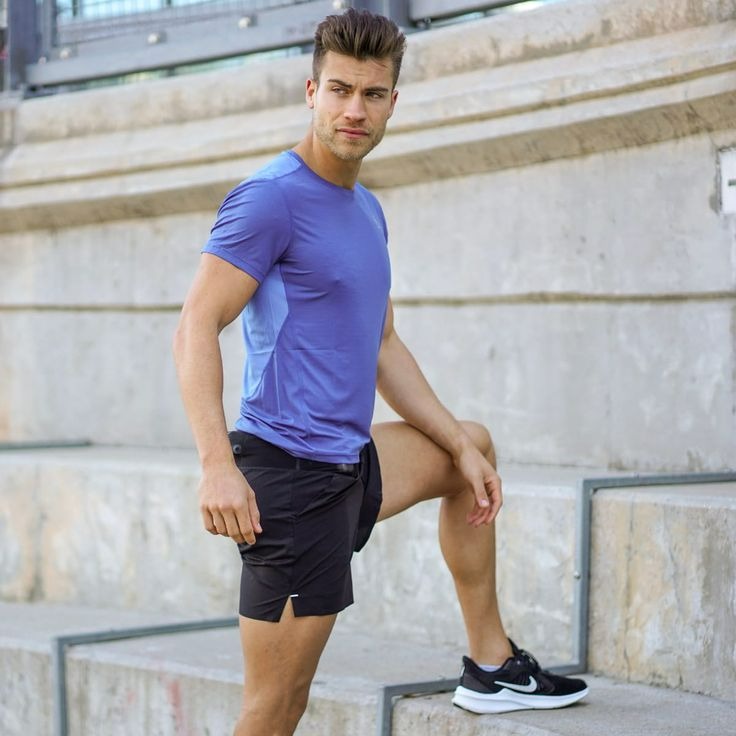Introduction
Bicycles are a popular mode of transportation and recreation globally. Many people enjoy cycling for various reasons, including fitness, environmental benefits, and fun. But one question often arises: how fast can a bicycle go? This article will explore the factors affecting a bicycle’s speed, the different types of bicycles, and some record-breaking speeds. We will also discuss tips for increasing your speed on a bike.
Factors Affecting Bicycle Speed
Bicycle speed depends on several key factors. Understanding these factors can illuminate the capabilities of a bicycle.
Rider Ability and Fitness Level
The cyclist’s fitness level plays a significant role. A strong, conditioned rider can produce more power. This additional power allows them to pedal faster. Training can improve leg strength and cardiovascular endurance. Many cyclists engage in specific training regimes to enhance their skills. They may practice hill climbing or endurance rides to build stamina.
Cyclists in good shape can maintain high speeds over longer distances. They can push more power into each pedal stroke. This is evident in competitive sports like road racing. Professional cyclists train for hours daily. They build muscle and improve technique. Their dedication helps them achieve remarkable speeds.
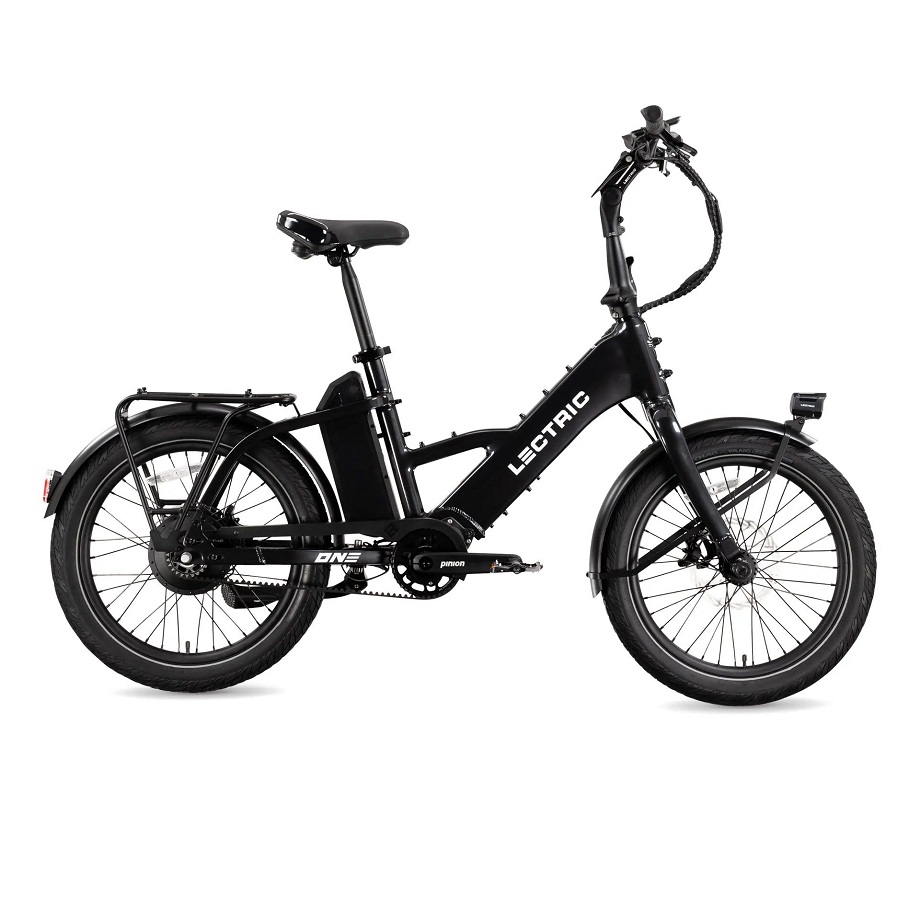
Bicycle Type and Design
The type and design of a bicycle affect speed. Road bikes are engineered for speed. They have lightweight frames and thin tires. The light materials and aerodynamic shapes help reduce drag. This is crucial for achieving high speeds.
In contrast, mountain bikes are built for rugged terrains. They are heavier and have wider tires. These features enhance traction and stability but slow the bike down on smooth roads. Cyclists using mountain bikes on flat surfaces will not reach the same speeds as those on road bikes.
Terrain and Conditions
The terrain also influences speed. Flat surfaces allow for greater speeds. Cyclists can maintain high speeds more easily. Conversely, hilly terrains can slow riders down. Uphill climbs require more effort and reduce speed. Downhill sections can increase speed significantly. Riders can sometimes reach their maximum potential downhill if conditions are right.
Weather conditions are crucial too. Wind can be a significant factor. A strong headwind can slow a rider. In contrast, a tailwind can boost speed. Rain can create slippery conditions, making it harder to maintain speed. Understanding these factors can help cyclists gauge their potential speeds.
Types of Bicycles and Their Speeds
Knowing the types of bikes can provide better insight into speed capabilities. Different bicycles have features suited for specific needs and preferences.
Road Bikes
Road bikes are designed for speed and efficiency on paved surfaces. They have lightweight frames and skinny tires that reduce rolling resistance. This design allows cyclists to reach impressive speeds on flat roads.
The average speed of a recreational road cyclist is around 12 to 18 miles per hour (19 to 29 km/h). Professionals, however, can achieve speeds of over 25 miles per hour (40 km/h) during races. Major cycling events, like the Tour de France, showcase these incredible speeds.
Mountain Bikes
Mountain bikes differ significantly from road bikes. They have wider tires and heavier frames designed for durability on rough terrain. These features make them slower on paved surfaces. The average speed for mountain bikers typically ranges from 8 to 12 miles per hour (13 to 19 km/h) on flat terrain.
However, on trails, the speed might drop even lower due to obstacles and technical sections. Mountain bikers often prioritize control and grip over pure speed.
BMX Bikes
BMX bikes are small and sturdy, designed for racing and stunts. Their speed varies greatly depending on the type of riding. In a race, experienced BMX riders can reach speeds of around 25 miles per hour (40 km/h) over short distances. However, these bikes are not primarily designed for sustained high speeds on longer rides.
Hybrid and Commuter Bikes
Hybrid bikes blur the line between road and mountain bikes. They have features of both styles. These bikes are versatile, making them great for commuting and recreational riding. Speeds can vary but typically range from 10 to 15 miles per hour (16 to 24 km/h).
Commuter bikes, designed for efficiency and comfort, also fall into this category. They are built with various features for city riding, prioritizing practical use over sheer speed.
Record-Breaking Speeds
Cycling records showcase the incredible speeds that skilled riders can achieve. Many events and competitions highlight these impressive feats.
World Record Speeds
In 2019, a specialized speed bicycle set an incredible record. Dutch cyclist Fred Rompelberg rode his bike at a speed of 167.6 miles per hour (269.1 km/h). He achieved this speed by riding in the slipstream of a dragster vehicle on a closed track. This technique significantly reduced air resistance, allowing him to reach such high speeds.
Another notable record was set by Denise Mueller-Korenek. In 2018, she reached a speed of 183.9 miles per hour (296.0 km/h) on the Bonneville Salt Flats. Like Rompelberg, she rode in the slipstream of a vehicle. These records highlight the extremes of cycling speed, achieved through technique and optimal conditions.
Competitive Speeds
Professional cyclists routinely hit high speeds during competitions. In sprint finishes, the best cyclists can exceed 40 miles per hour (64 km/h) for short bursts. Track cyclists frequently reach similar speeds in velodromes, where aerodynamics and technique come into play.
During long-distance events, such as the Tour de France, average speeds hover around 25 miles per hour (40 km/h). Conditions, terrain, and tactical riding influence these averages. Professionals strategically conserve energy and decide when to accelerate.
Tips to Increase Your Speed
If you want to go faster on your bike, several strategies can help. From fitness improvements to equipment upgrades, these tips can increase your speed.
Improve Physical Fitness
First, consider your physical fitness. Building strength and improving cardiovascular health can have a substantial effect. Engage in regular cycling workouts to strengthen your legs and improve endurance. High-intensity interval training is an effective way to build strength and speed.
Incorporate strength training exercises targeting your legs, core, and upper body. Stronger muscles will enable you to generate more power with each pedal stroke. Cyclists who consistently train see a marked improvement in their speeds over time.
Optimize Bike Fit
Next, ensure your bike fits you correctly. A proper fit enhances comfort and pedaling efficiency. If your bike is too big or too small, discomfort can slow you down. Consider visiting a professional bike fitter for an evaluation. They will make necessary adjustments to improve performance.
Adjustments such as saddle height, handlebar position, and pedal alignment can drastically improve speed. When your body is aligned correctly with the bike, you can pedal more effectively.
Enhance Aerodynamics
Aerodynamics is critical for cycling speed. Cyclists can reduce wind resistance by adopting a more aerodynamic position. Tucking your elbows in and lowering your torso can significantly cut drag. Specific gear can also help. Aero helmets, tight-fitting clothing, and aerodynamic handlebars minimize wind resistance.
Some cyclists invest in aerodynamic bikes. These bikes are designed to cut through the wind more efficiently. While these upgrades can be costly, they can lead to substantial improvements in speed.
Maintain Your Bicycle
Lastly, regular maintenance keeps your bike in top condition. Make sure tires are inflated to the correct pressure. Low tire pressure increases rolling resistance, making cycling harder. Clean and lubricate the chain regularly to ensure smooth gear shifts.
Check brake systems and ensure they function correctly. Well-maintained brakes allow for smooth braking without compromising speed. Spending time on bike maintenance can improve performance and enhance your overall riding experience.
Conclusion: The Future of Bicycle Speed
With ongoing advancements in technology and evolving cycling techniques, the future of bicycle speed looks promising. Manufacturers continually innovate with new materials and designs. These innovations lead to lighter, faster bicycles. As a result, average speeds for recreational cyclists will likely improve.
Cyclists, too, are becoming more knowledgeable about fitness and tactics. As awareness increases, so will performance. The cycling community shares tips, techniques, and training regimens. This knowledge spread has empowered cyclists on all levels, from amateurs to professionals.
As we explore faster and more efficient bikes, we should also prioritize safety. Speed can be thrilling, but maintaining safety on the roads is essential. Whether competing, commuting, or enjoying a leisurely ride, understanding the balance between speed and safety is critical for every cyclist.
In conclusion, the speed at which a bicycle can go is influenced by various factors, including rider fitness, bicycle type, terrain conditions, and weather. While record-breaking speeds shine a light on what’s possible, the average cyclist can also enjoy the thrill of speed through training and better equipment. Ultimately, cycling remains a rewarding and accessible activity, inviting everyone to experience its exhilarating potential.
